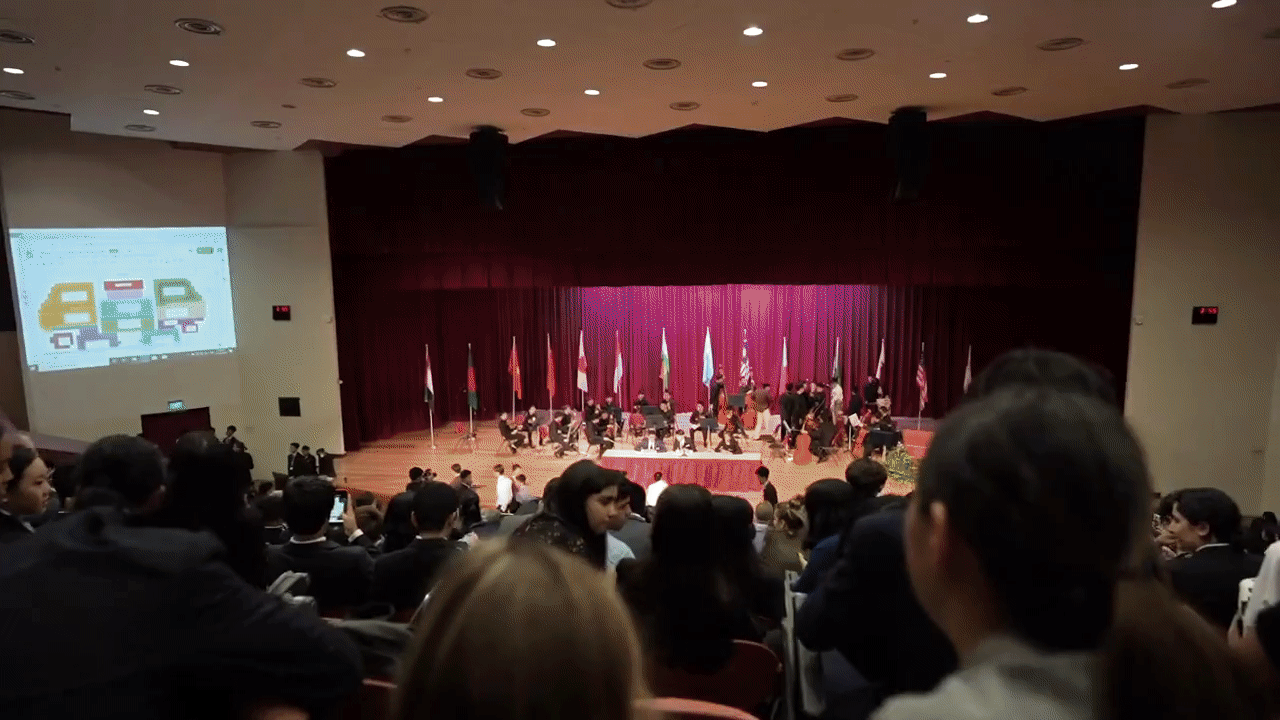Written by: Isabella Wood
Edited by: Hyoree Kim
Photographs by: Dorian Chen
The room is filled with vibrant energy, as MUN directors and delegates from various schools gather together to discuss resolutions.
The approval panel is where resolutions are taken from a collaboration of ideas and clauses to a resolution ready for an upcoming debate. Delegates work within their respective schools on resolutions and then bring them together with like-minded delegates to form one or two resolutions from the bunch. They wait in anticipation, and their sighs of relief fill the air when their resolution is approved. Working at the approval panel is a collaborative effort, where the process is overlooked by Frances Laughlin, the Co-Chair of the THIMUN Foundation.
Laughlin works very closely with the approval panel staff. She describes her role as a “[supervisor] of what goes in and what comes out.” Resolutions are approved not only by the supervisors but are also aided by computers. The approval panel utilises a system specially developed by Jochen Vermeulen for THIMUN in The Hague. The programme is designed to streamline the justification and formatting of the resolution. On the other hand, MUN directors look at the resolution after it has gone through the electronic system with a delegate. They have to ensure that they only edit grammatical errors and not the content. This process enables MUN directors to look thoroughly through the resolution with the main submitter, and ask any questions or ask the delegate to elaborate on clauses. Once everything in a resolution has been approved, it is printed off and taken back to the chairs of the delegate’s committee. The work completed in the approval panel is hectic but is all worth the end result of an engaging resolution. It’s a hard afternoon of work in the approval panel, with the beginning of debates in sight!












